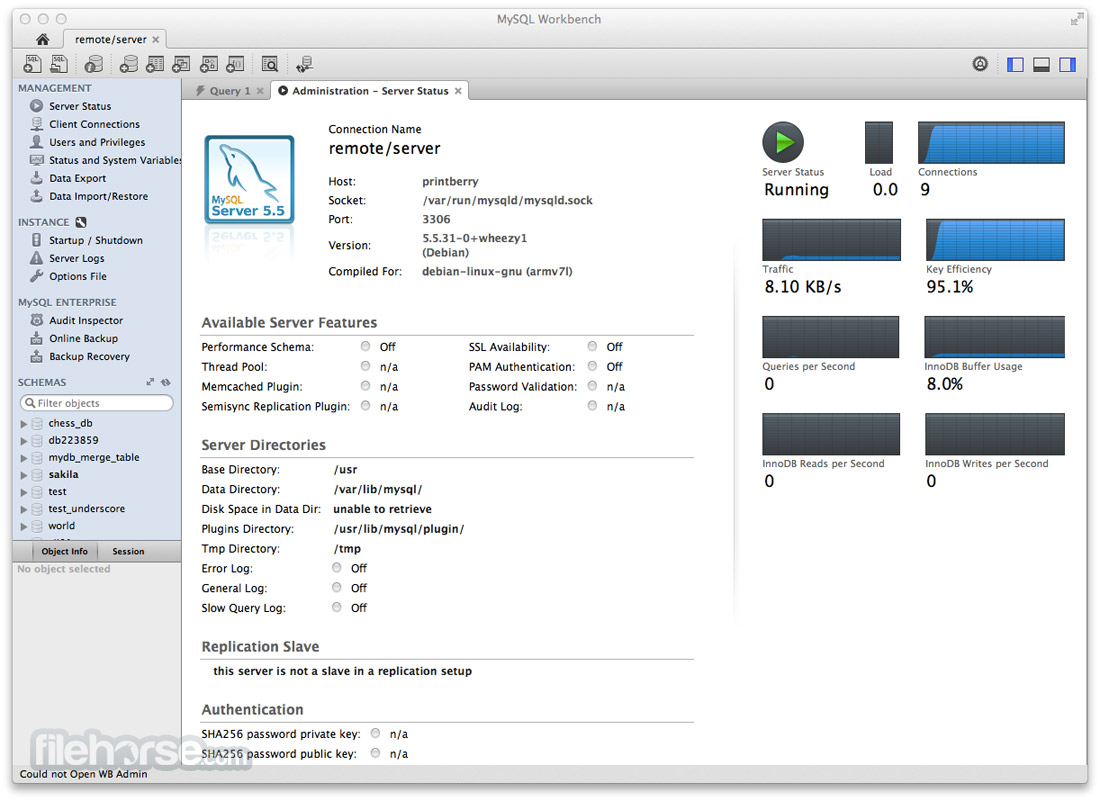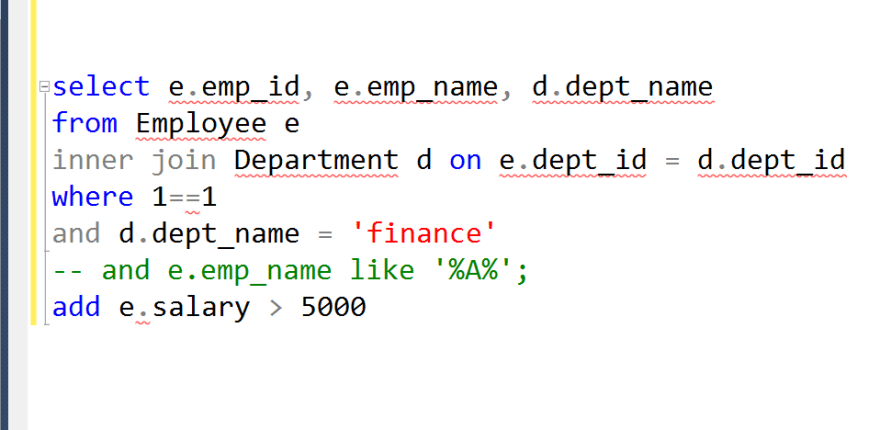

The best way to get started is to clone our example project (opens new window) and start playing with it. Out the example project (opens new window). knex has a great migration tool (opens new window) that we recommend for this job. Objection.js leaves the schema related things Automatic database schema creation and migration from model definitions.įor simple things it is useful that the database schema is automatically generated from the model definitions,īut usually just gets in your way when doing anything non-trivial.However, if the query builder fails you for some reason, raw SQL strings can be easily A query builder based on knex (opens new window) is WHERE colname ILIKE a We can also search for the value that contains a in any position. WHERE colname ILIKE a This syntax searches for the value that ends with a. This doesn't mean you have to write SQL strings though. Search using NOT ILIKE Searching after-space character Syntax: In the syntax below, we use to search the value that starts with a. A way to store complex documents as single rows.

Official TypeScript (opens new window) support.Powerful mechanisms for eager loading, inserting and upserting object graphs.
#Ilike mysql update

The query is as follows − mysql> select *from INDemo where Id IN(112,116,100) Īs you can see in the above output, we are getting the same is an ORM (opens new window) for Node.js (opens new window) that aims to stay out of your way and make it as easy as possible to use the full power of SQL and the underlying database engine while still making the common stuff easy and enjoyable.Įven though ORM is the best commonly known acronym to describe objection, a more accurate description is to call it a relational query builder. Now, let us check it with the help of IN(). The values of both arguments must be zero or positive integers. The LIMIT clause accepts one or two arguments. The LIMIT clause is used in the SELECT statement to constrain the number of rows to return.
#Ilike mysql how to
The query is as follows − mysql> select *from INDemo where Id regexp '112|116|100' Summary: in this tutorial, you will learn how to use MySQL LIMIT clause to constrain the number of rows returned by a query. You can apply the above syntax which I have discussed in the beginning. The query is as follows − mysql> select *from INDemo Now we can display all the records with the help of SELECT statement. Mysql> insert into INDemo values(120,'Sam') Mysql> insert into INDemo values(116,'Johnson') mysql> create table DemoTable ( Name varchar (50) ) Query OK, 0 rows affected (0.63 sec) Insert some records in the table using insert command. Mysql> insert into INDemo values(112,'Smith') Can we use LIKE concat () in a MySQL query MySQL MySQLi Database. Mysql> insert into INDemo values(108,'David') Mysql> insert into INDemo values(104,'Carol') The query is as follows − mysql> insert into INDemo values(100,'John') Let us first create a table − mysql> create table INDemo To understand the above logic, you need to create a table.

The syntax is as follows − select *from yourTableName where yourColumName regexp ‘value1|value2|value3……|valueN’ You can implement MySQL Like IN() with the help of Regular Expression (regexp) as well.


 0 kommentar(er)
0 kommentar(er)
